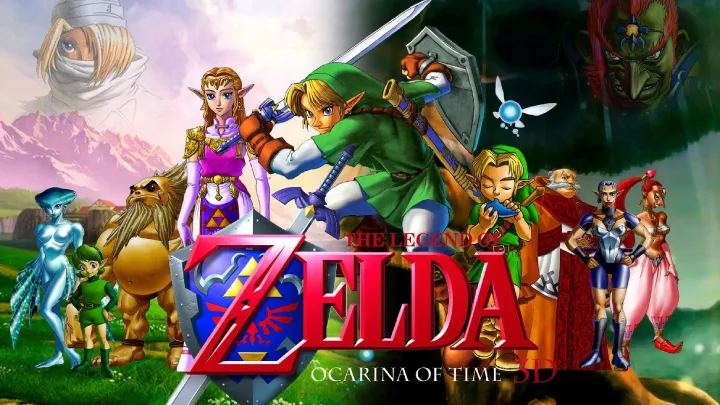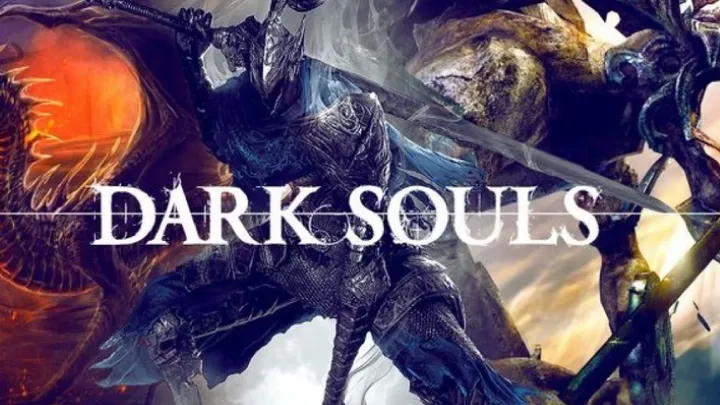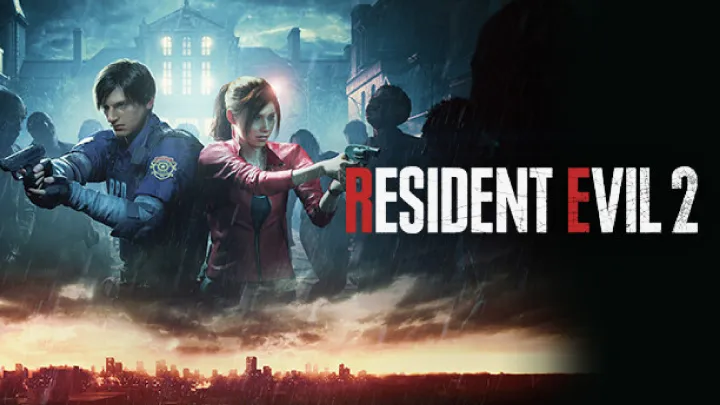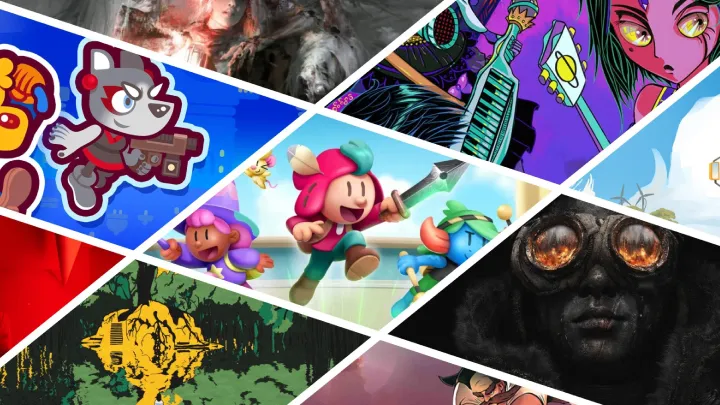Introduction
In the fast-paced world of gaming, where new releases flood the market every year, not every title stands the test of time. Some games age poorly due to outdated graphics, clunky mechanics, or design flaws that only become more apparent as technology evolves. Yet, a special few have proven to be timeless, offering experiences that remain enjoyable, impactful, and influential decades after their release. These are the games that aged like fine wine—growing richer and more beloved as the years pass.
In this article, we’ll explore the Top 10 Games That Aged Like Fine Wine, diving into their gameplay mechanics, storytelling, cultural impact, and why they continue to be cherished today.
1. The Legend of Zelda: Ocarina of Time (1998)
When Nintendo released The Legend of Zelda: Ocarina of Time, it forever changed how the world saw 3D adventure games.
Gameplay Analysis
The game introduced lock-on targeting, context-sensitive controls, and seamless dungeon exploration, mechanics that remain relevant to this day. Players could freely roam Hyrule, solve puzzles, and battle enemies in a way that felt groundbreaking at the time.
Lasting Impact
While graphics show their age compared to modern standards, the gameplay remains intuitive and deeply rewarding. The emotional story of Link, Zelda, and Ganondorf continues to resonate with players across generations.

2. Half-Life 2 (2004)
Valve’s Half-Life 2 redefined the first-person shooter genre with its mix of narrative-driven gameplay and cutting-edge physics.
Gameplay Analysis
The Gravity Gun alone was a revolutionary mechanic, allowing players to manipulate the environment in creative ways. The pacing of firefights, puzzles, and storytelling made it a masterpiece of design.
Lasting Impact
Even today, Half-Life 2 feels remarkably modern. Its AI behavior, level design, and immersive storytelling hold up against newer shooters, proving that great design can outlast technology.

3. Dark Souls (2011)
Dark Souls didn’t just launch a franchise—it created an entire sub-genre of gaming: the “Souls-like.”
Gameplay Analysis
Its punishing combat, interconnected world, and cryptic storytelling forced players to learn through trial, error, and exploration. Unlike many games of its era, it didn’t hold players’ hands, and that challenge became its defining feature.
Lasting Impact
Today, Dark Souls is still referenced as the gold standard of challenging gameplay. Even newcomers discover its depth and artistry, proving that its core design remains timeless.

4. Super Mario 64 (1996)
When Mario first stepped into 3D, he set the standard for all platformers to come.
Gameplay Analysis
Its precise controls, fluid movement, and open-ended level design gave players unprecedented freedom. Collecting stars across Peach’s Castle was not only fun but endlessly replayable.
Lasting Impact
Many modern platformers still borrow from Super Mario 64’s formula. Its simple yet deep mechanics ensure it feels just as playable now as it did nearly 30 years ago.
5. The Elder Scrolls V: Skyrim (2011)
Few games have managed to stay as popular for as long as Skyrim. Its longevity is a testament to both Bethesda’s design and its passionate modding community.
Gameplay Analysis
Players can explore a vast open world, take on countless quests, and shape their own adventures. With dragons, guilds, and endless exploration, Skyrim became an instant classic.
Lasting Impact
The modding community has kept Skyrim alive, adding new quests, graphics upgrades, and features that make the game feel fresh even after more than a decade.
6. Metal Gear Solid 3: Snake Eater (2004)
Hideo Kojima’s Metal Gear Solid 3 remains one of the finest examples of cinematic storytelling in gaming.
Gameplay Analysis
The survival elements—such as managing stamina, camouflaging in the jungle, and healing injuries—made it stand out from other stealth-action titles. Combined with its gripping Cold War storyline, it was a unique experience.
Lasting Impact
Its themes of loyalty, sacrifice, and political intrigue remain relevant. Even though newer Metal Gear games exist, many fans still consider Snake Eater the peak of the franchise.
7. Bioshock (2007)
With its atmospheric storytelling and philosophical themes, Bioshock proved that games could be both thrilling and thought-provoking.
Gameplay Analysis
Set in the underwater city of Rapture, players balanced combat with exploration and choice-driven interactions. The mix of gunplay and plasmid powers created dynamic gameplay.
Lasting Impact
The game’s twist and moral ambiguity are still discussed today. Its art-deco style and narrative depth ensure it remains a shining example of storytelling in gaming.
8. Chrono Trigger (1995)
Square’s Chrono Trigger is often hailed as one of the greatest RPGs ever made.
Gameplay Analysis
It featured innovative mechanics like multiple endings, seamless transitions between exploration and battle, and time-travel-based storytelling. Unlike many RPGs of its era, it avoided unnecessary grinding.
Lasting Impact
The charming pixel art, timeless music, and deep narrative still captivate players today. It has aged so gracefully that even modern RPG fans find it endlessly engaging.
9. Grand Theft Auto V (2013)
Even more than a decade after its release, GTA V continues to thrive, thanks to Rockstar’s detailed world and evolving online component.
Gameplay Analysis
The single-player campaign offers a gripping narrative with three protagonists, while GTA Online adds endless multiplayer possibilities. The variety of missions, vehicles, and side activities keeps it fresh.
Lasting Impact
Its open-world design remains unmatched, and continuous updates to GTA Online have ensured its relevance long after release.
10. Tetris (1984)
Simple, addictive, and endlessly replayable, Tetris is perhaps the ultimate example of a game that has aged like fine wine.
Gameplay Analysis
The core concept—fitting falling blocks into rows—is easy to understand but difficult to master. Its fast-paced, puzzle-solving nature makes it universally appealing.
Lasting Impact
Decades later, Tetris remains a staple on consoles, mobile devices, and competitive gaming tournaments. Its simplicity ensures it never goes out of style.
Conclusion
What makes a game age like fine wine? It isn’t just graphics or technology; it’s timeless design, innovative mechanics, and stories that resonate no matter the era. Titles like Ocarina of Time, Dark Souls, and Tetris have proven that true artistry in gaming doesn’t fade—it matures.
These ten games continue to be played, discussed, and celebrated, not just as nostalgic relics but as living experiences that still inspire joy and creativity today. If anything, their longevity proves one thing: great games never truly age—they only get better.

















